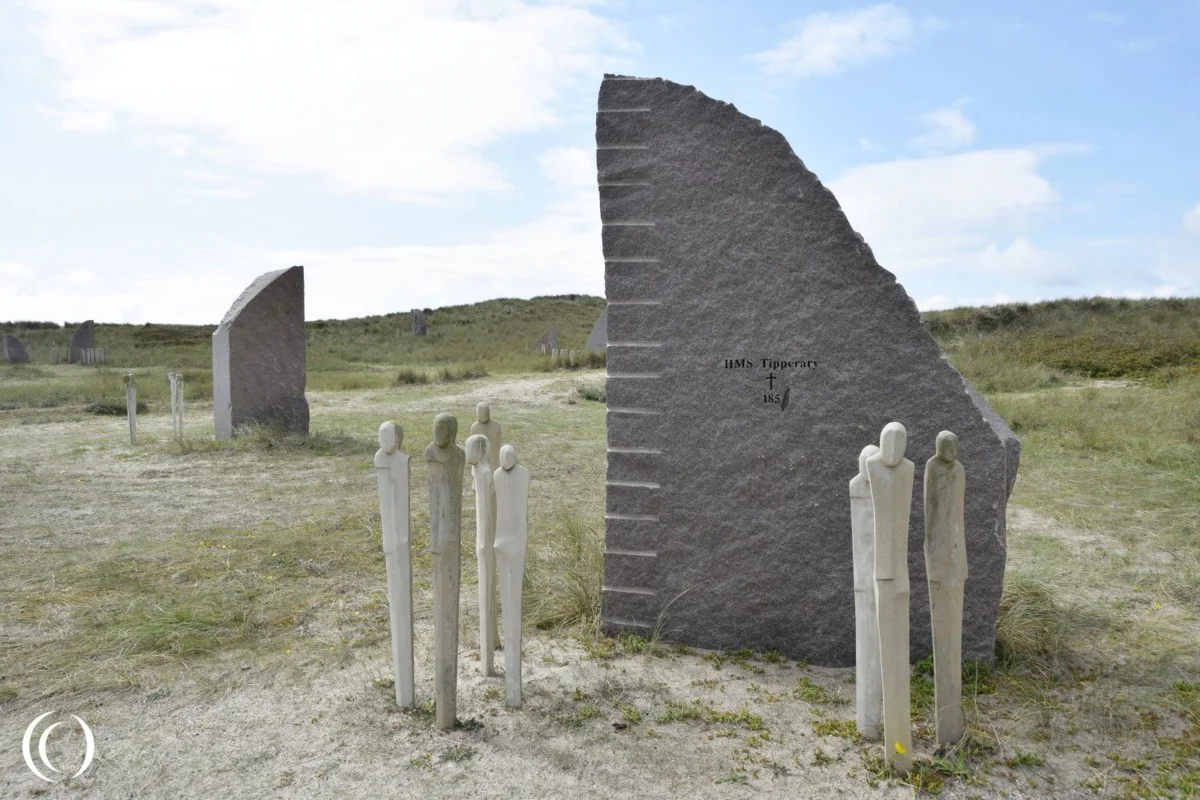
The Battle for Jutland
The Battle of Jutland, fought from May 31 to June 1, 1916, was the largest naval battle of World War I and one of the largest in history. It took place in the North Sea, near the Jutland Peninsula of Denmark, between the British Royal Navy’s Grand Fleet and the Imperial German Navy’s High Seas Fleet. The battle had significant implications for the naval strategies of both nations, and its outcome remains a subject of debate due to the complex and inconclusive nature of the engagement.
At the outset of the war, Britain’s naval strategy was designed to maintain a blockade of Germany, preventing vital supplies and resources from reaching the Central Powers. The British Royal Navy dominated the seas, while the German High Seas Fleet, although powerful, sought ways to challenge British control. The Germans hoped to break the blockade and destroy the British fleet, thereby achieving a strategic advantage.
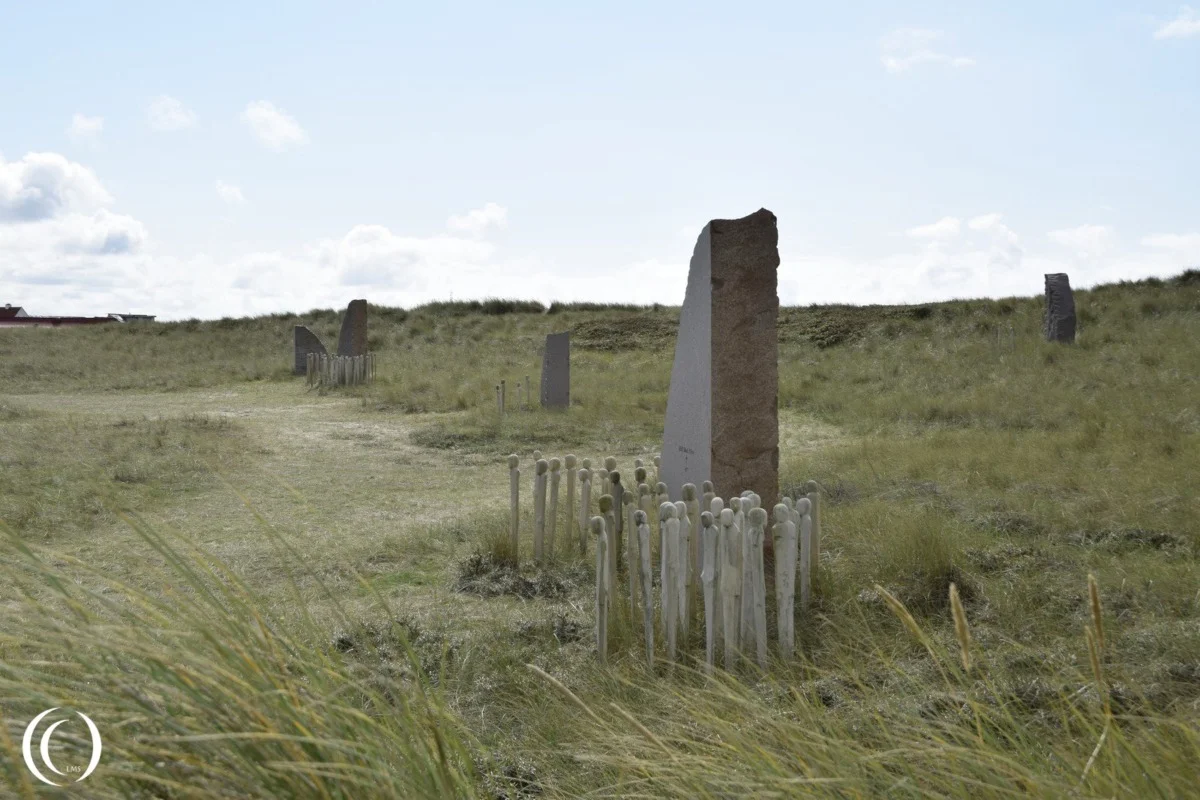

The Battle of Jutland began when German Vice-Admiral Reinhard Scheer, seeking to lure the British fleet into a decisive confrontation, moved his forces out into the North Sea. Scheer’s plan was to engage in a battle that could inflict serious damage on the British fleet, while his fleet’s smaller size and more maneuverable ships would allow for surprise attacks. The British, under Admiral Sir John Jellicoe, were on a mission to maintain control of the North Sea, preventing the Germans from breaking the blockade.
The battle unfolded over several hours, with the two fleets coming into contact at 3:30 PM on May 31. The initial phases of the battle were chaotic, with the fleets engaging each other in gunfire and maneuvers. The British fleet, larger in size with 155 ships vs 99 German ships, attempted to use its superior numbers to corner the Germans, but the Germans deployed tactics that allowed them to escape and inflict significant damage. The Germans employed a “hit-and-run” strategy, with their ships, particularly the battlecruisers, attacking and then retreating to avoid sustained engagement.
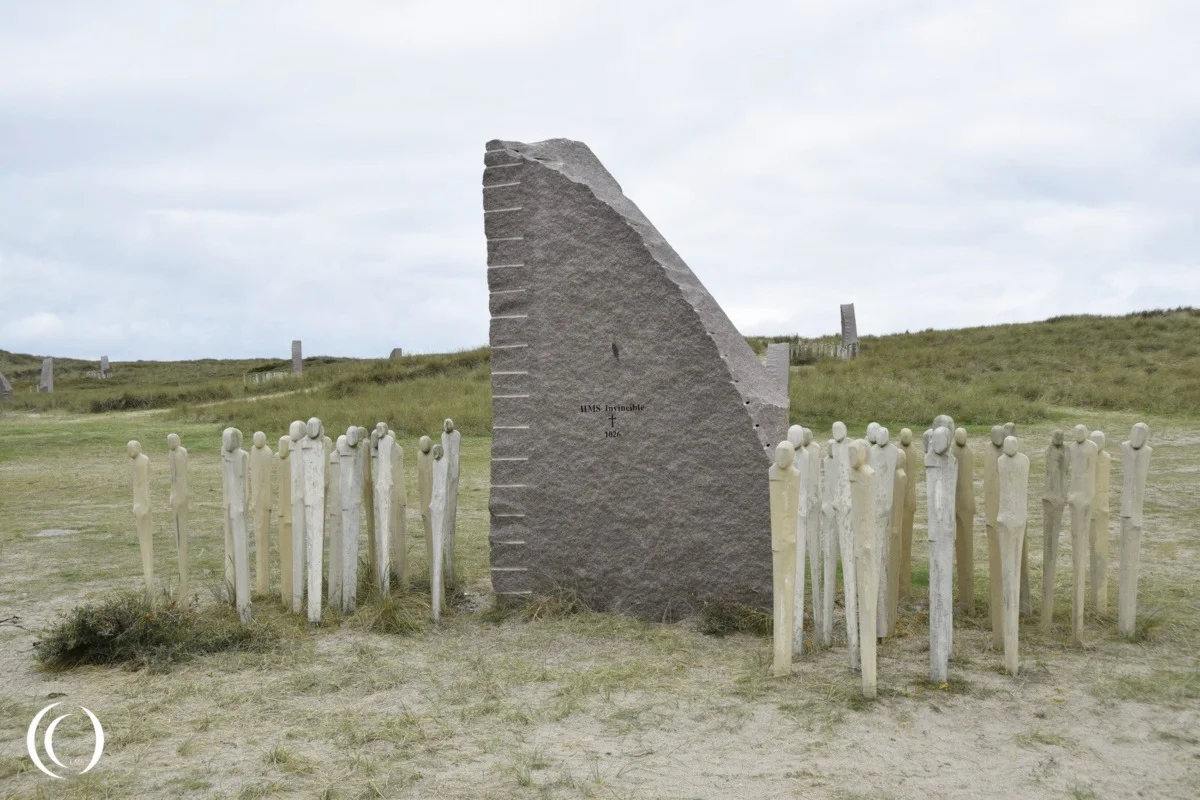

The British lost several battlecruisers, including HMS Indefatigable, HMS Queen Mary, and HMS Invincible, which suffered catastrophic explosions. The British suffered a higher number of casualties, with 6,094 men killed, compared to the Germans’ 2,551. However, the Germans also sustained heavy losses, including the sinking of one battleship, SMS Pommern, and several cruisers. Despite the German losses, the battle was more of a tactical victory for them, as they inflicted more damage on the British fleet.
The British, however, retained control of the North Sea. The Germans, while able to escape back to their home ports, were unable to break the British blockade, which continued to strangle Germany’s supply lines. This strategic advantage ultimately contributed to the Allied victory in the war. Admiral Jellicoe, despite the heavy losses, was able to prevent the Germans from achieving their goal of breaking the blockade.
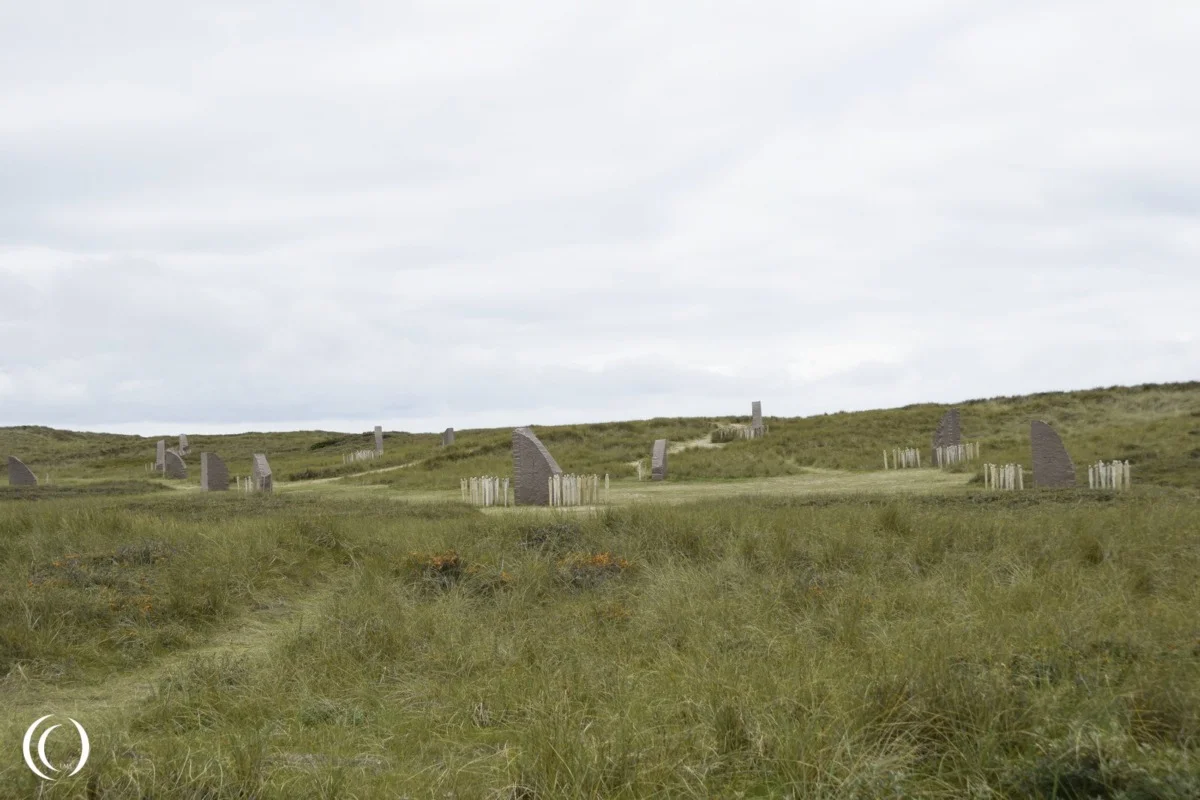

While the Battle of Jutland was a costly engagement for both sides, its immediate aftermath did not lead to a decisive change in the naval balance of power. The British fleet continued to control the seas, and the Germans, although emboldened by their ability to inflict damage, could not challenge British naval supremacy. The battle underscored the challenges of large-scale naval combat, with new technologies such as dreadnoughts and battlecruisers proving to be formidable but vulnerable when not used with careful tactics.
In the broader scope of the war, the Battle of Jutland highlighted the importance of naval dominance and control over maritime supply routes. Despite the high cost in lives and ships, the outcome was strategically favorable for Britain, as the blockade remained intact, and the German fleet was effectively neutralized as a direct threat for the remainder of the war.
The Memorial Park for the Battle of Jutland
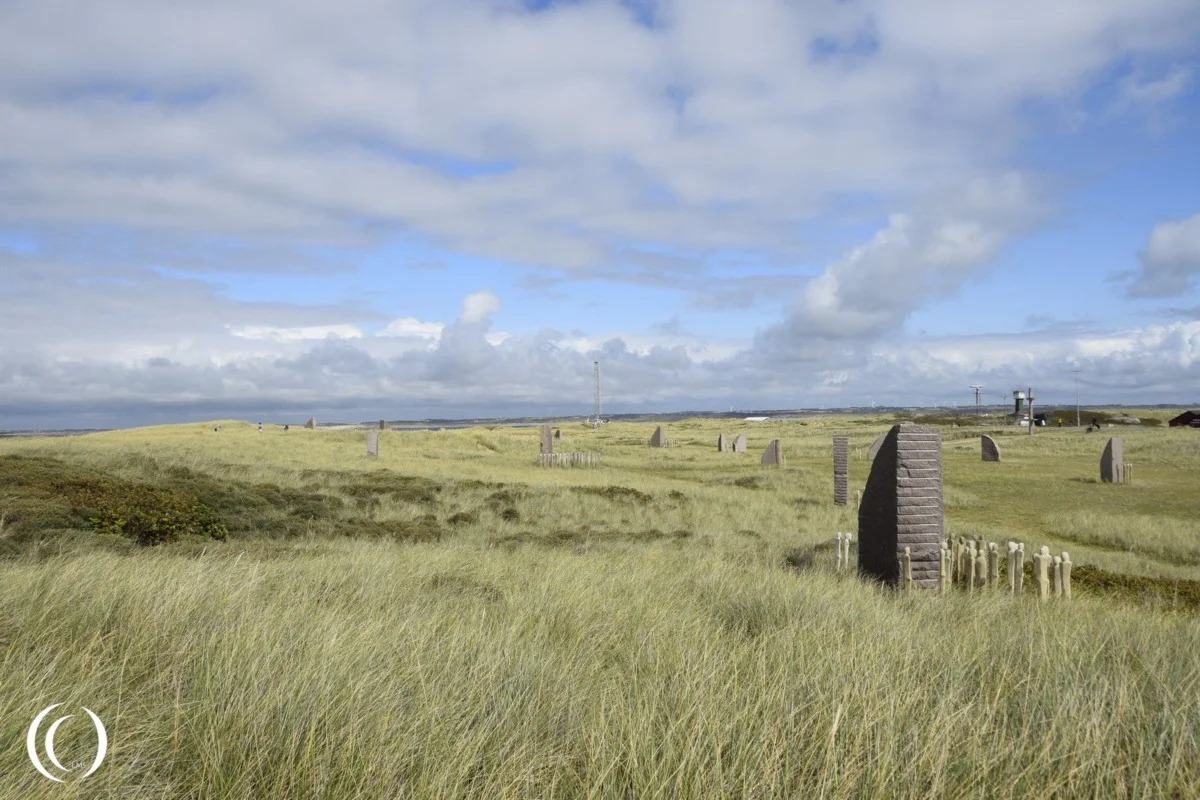

The markers in the dunes show where the ships sunk during the battle and how many marines lost their lives.
The Royal British Navy lost three battlecruisers, three armored cruisers and eight destroyers. 6094 British Sailors lost their lives in the naval battle. The Kaiserliche Marine (Eng. Imperial German navy) lost one battlecruiser, one pre-dreadnought battlecruiser, four light cruisers and five torpedo-boats. 2551 German sailors lost their lives during the Battle for Jutland. In total 25 ships were sunk with 8645 casualties.
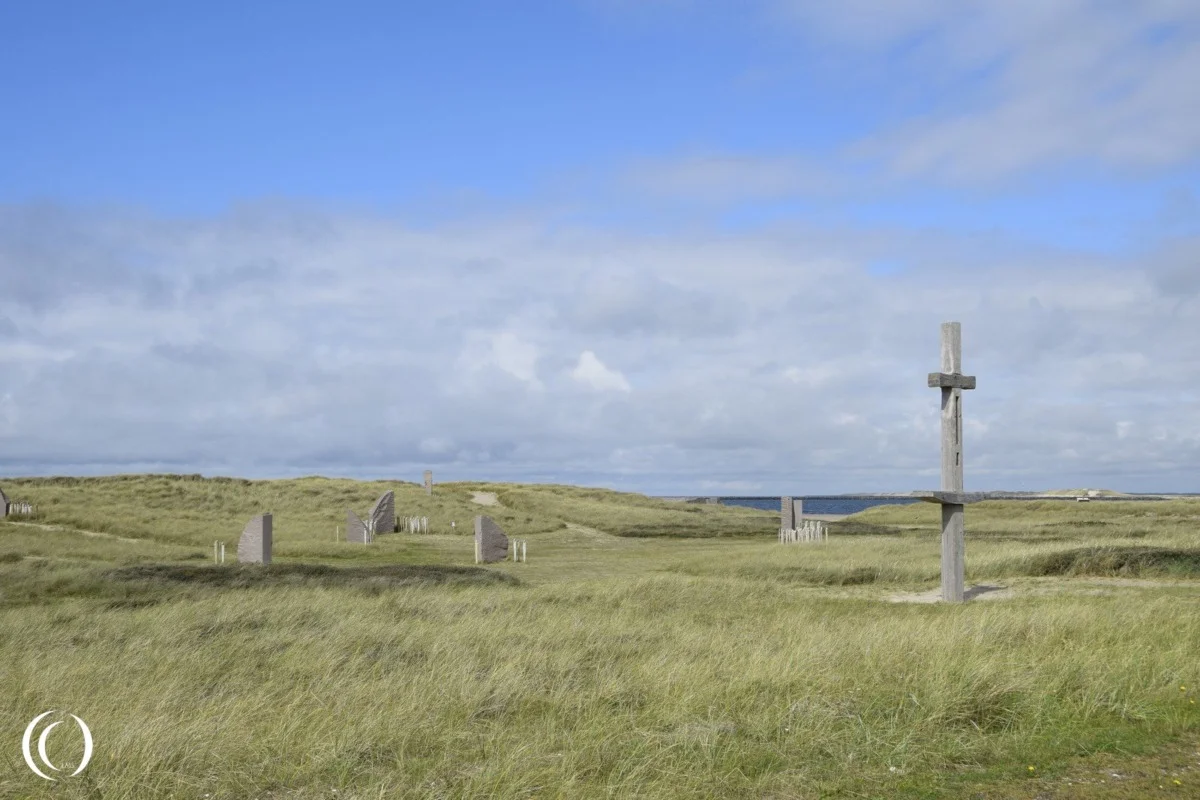
Visit
You can find the memorial in the dunes just in front of the Sea War Museum Jutland and on the Stützpunkt Lama grounds, the German coastal battery and Stützpunkt Heeresküstenbatterie 4./180 Thyborøn lies a few miles to the south.
Park your car near the museum, which was free in 2024 and walk up to the dunes to see the memorial.